1 hour from Johannesburg, the attraction is a trip to our place of origin […]
In Setswana, one of the southern African languages, maropeng means “return to the place of origin”. But in South Africa it is also synonymous with one of the most impactful tourist attractions in the south of the continent: the Cradle of Humanity.
One hour from Johannesburg, Maropeng – Cradle of Humanity (‘Cradle of Humanity’, in Portuguese) is a 47 thousand hectare attraction with excavation areas, from where more than a thousand fossils of hominids, ancestors of modern man, were discovered about 7 million years ago.
The star of this World Heritage site is Mrs Ples, whose skeleton, more than 2 million years old, is considered the best preserved of an Australopithecus africanus and is on display at certain times of the year. Another highlight is Little Foot (“Pezinho,” in Portuguese), a specimen of a half-human, half-ape ancestor between 3.1 and 4.1 million years old.
The attraction gets its name because it is believed that it was there that the first hominids, the ancestors of modern man, appeared.
In the photo above, for example, you can see a replica of a Neanderthal skull, whose characteristics were a wide forehead, a domed braincase and a large nose.
However, the journey into our ancestral past at the Maropeng Visitor Center begins with the Tumulus Building (“Tomb Building”, in Portuguese), a bold design with designs that reference a large tomb, at the front of the building.
There the visitor boards a small boat that literally sails through the phases of the formation of the Earth, based on the four elements (earth, air, fire and water), including technological effects that simulate the ice age and large volcanic eruptions.
The itinerary ends with the exhibition of original fossils, such as the skull of an Australopithecus africanus found in the region in 1989.
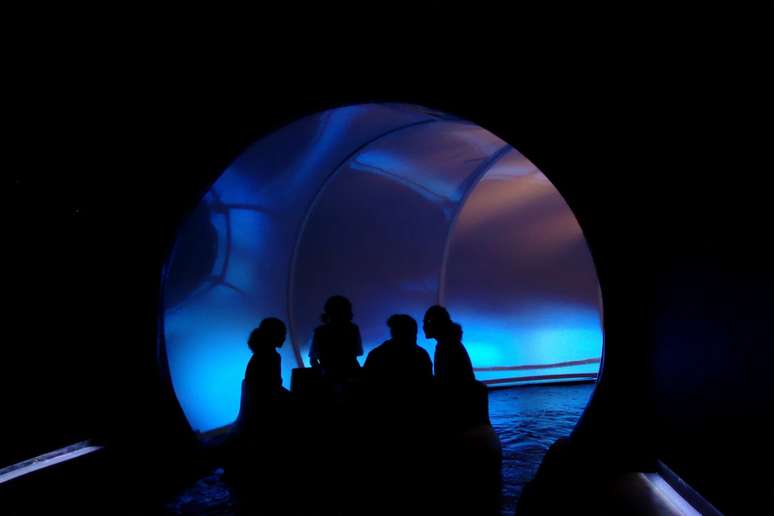
If the idea is to better understand the history of humanity, the next stop is the Sterkfontein Caves, an attraction with 40 km long tunnels that preserve thousands of fossils of human and animal ancestors over 4 million years old.
The dolomite limestone formations, which began to form 20 million years ago, almost disappeared together with the greed of thousands of men who, at the end of the 19th century, transformed that desolate savannah into a scene occupied by hunters of diamonds and precious stones.
The bones found in place of the gold were what ensured that Humanity knew its distant past. However, excavations for scientific purposes only began in 1936, after the discovery of a skull of Australopithecus.
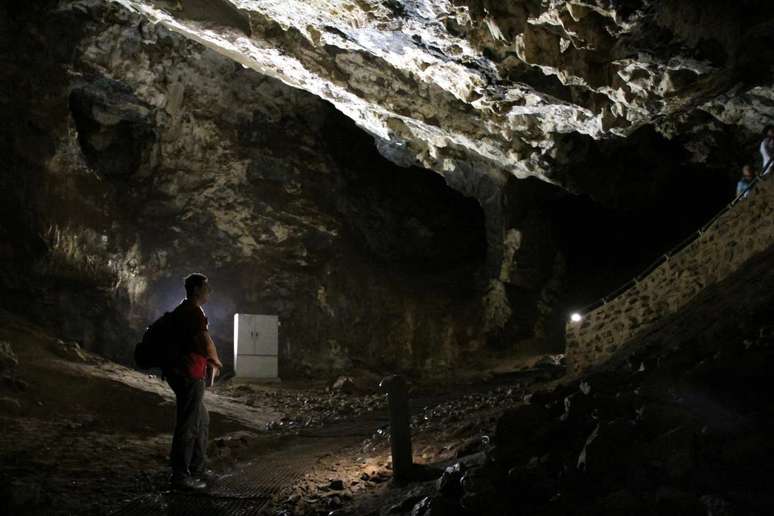
Its interior, at a temperature of 18 degrees, takes you on a dizzying vertical tour 18 meters deep among stalactites, stalagmites and rock formations.
Despite the slippery, damp and poorly lit sections, the attraction is designed for tourists of all ages and offers infrastructure such as handrails, stairs and light points in various points.
This is the price we pay to return to our place of origin.
Source: Terra
Ben Stock is a lifestyle journalist and author at Gossipify. He writes about topics such as health, wellness, travel, food and home decor. He provides practical advice and inspiration to improve well-being, keeps readers up to date with latest lifestyle news and trends, known for his engaging writing style, in-depth analysis and unique perspectives.

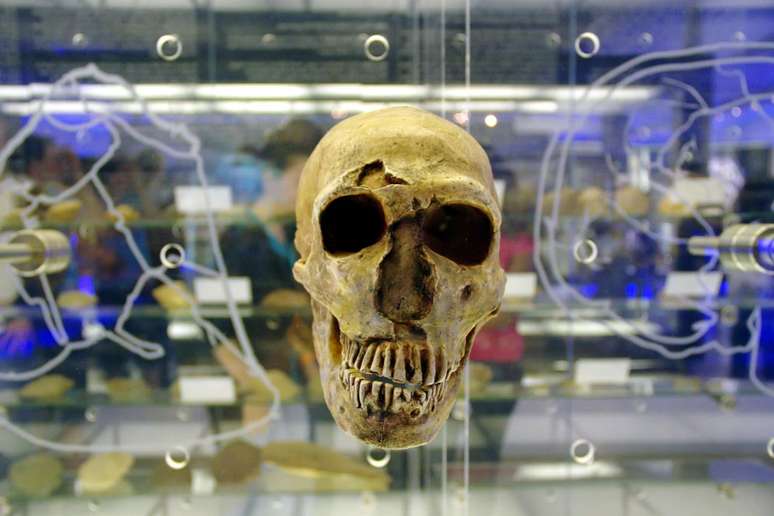
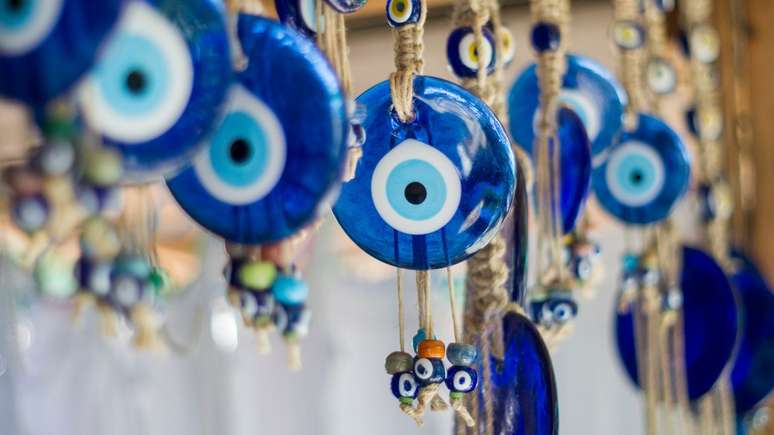


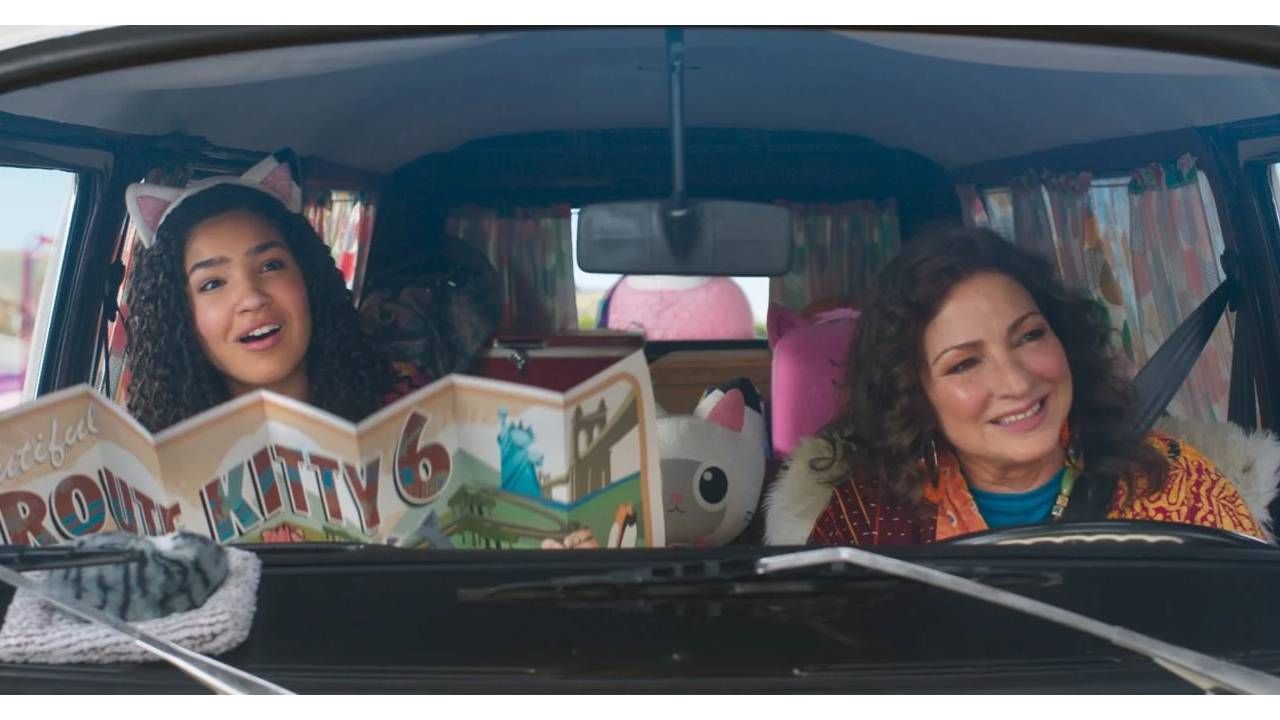

-ubrgtmzebzhd.jpg)
